1963 Rambler Classic 770 Cross Country: The last great AMC car?
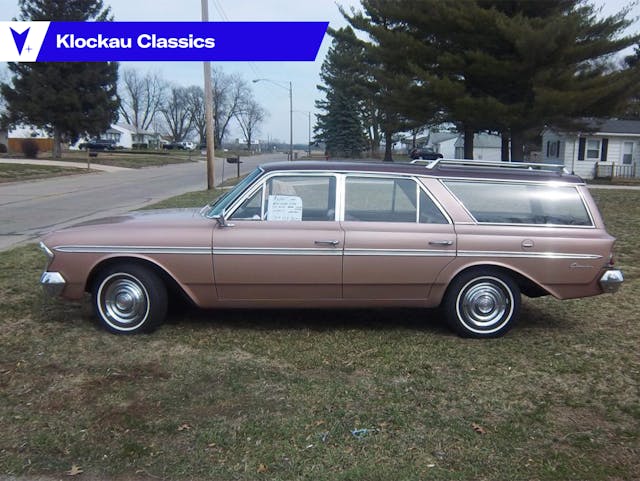
On October 5, 1962, the high-water mark of American Motors Corporation was arguably reached with the release of the all-new Rambler Classic and the flossier Rambler Ambassador. 464,000 new Ramblers were built for the model year. Between 1958 and 1963, the Rambler lineup—in its mid-priced, family-friendly Classic and deluxe Ambassador lines—hit a sweet spot in the domestic market that it never really recaptured.
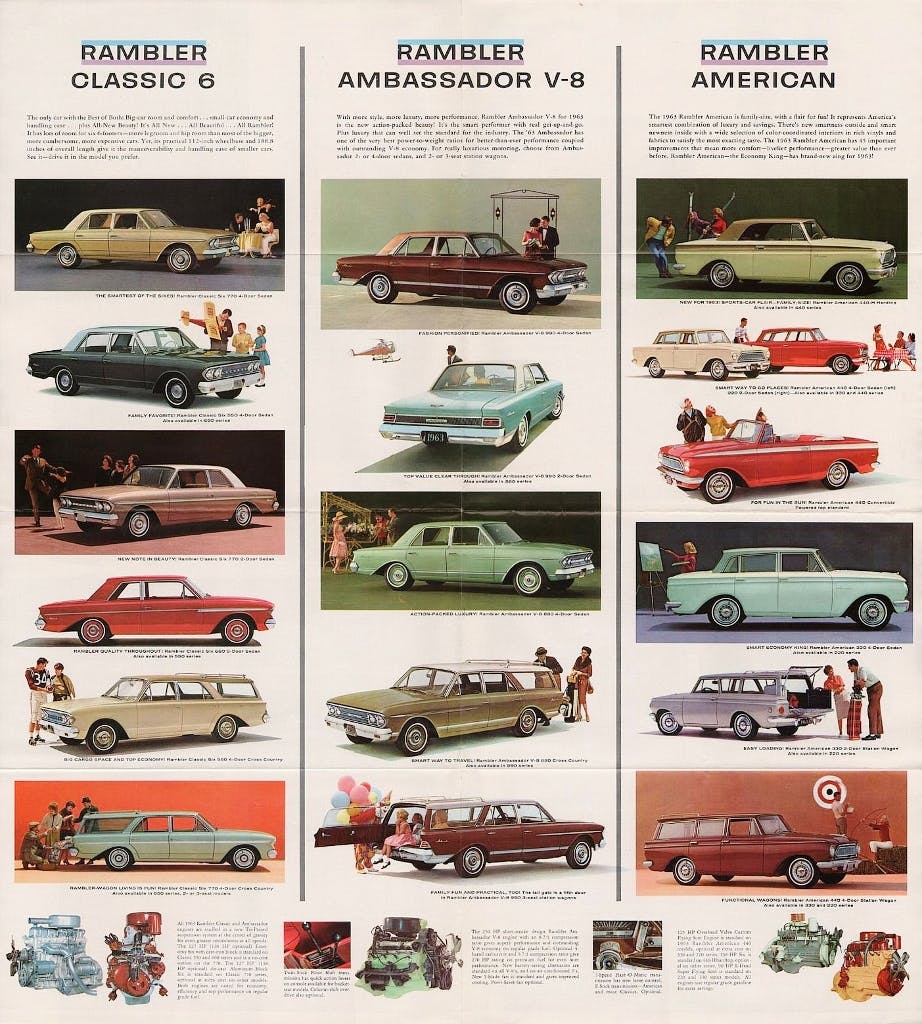
When the all-new 1963 Classic and Ambassador debuted, AMC was at the top of its game, with appealing, well-built, sensible cars. After that, save the brief spark of the AMX, Javelin, Hornet and Eagle, it was mostly downhill.
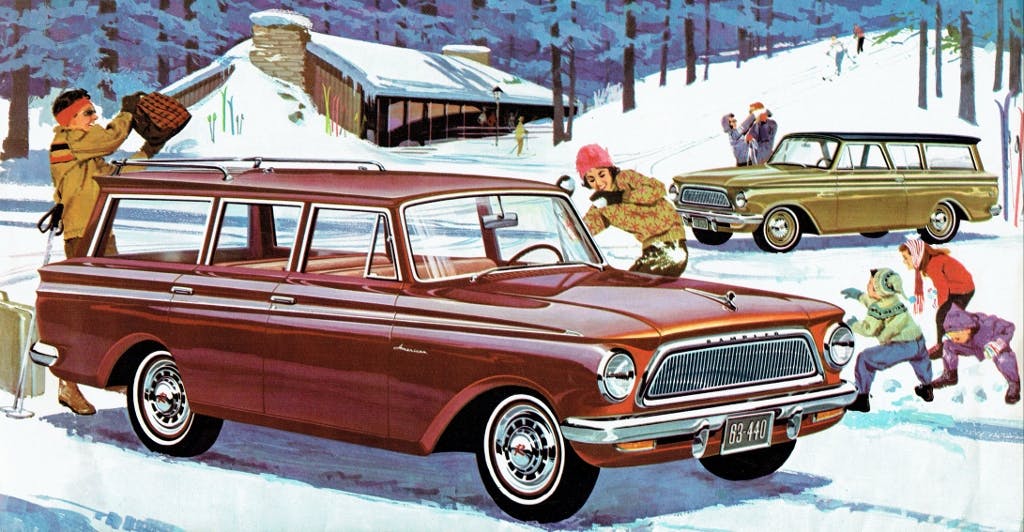
The entry-level Rambler—and also the least-changed from 1962—was the American. Sure, it was suitably creased and de-finned to look like a ’60s U.S. car. But it also was pretty obvious it was a new suit on the old ’58 American, which itself was a rehash of the 1953 Nash Rambler. When my mom was in high school, a friend had a convertible of this generation, a 1961–63 named Fred. Fred the Rambler was very reliable. He might not have been cool in the high-school parking lot in 1970, but that car kept ticking along. And hey, the top went down—an added bonus.

The all-new 1963 Ramblers appeared, as previously mentioned, in October ’62. Other than the American, the lineup was very fresh-looking. Classics were initially six-cylinder vehicles, with only the fancier Ambassador getting a V-8—at least until the V8 Classic appeared in February 1963.

One big, new selling point was the one-piece outer “Uniside” construction. A significant portion of the bodyside was now a single, stamped piece. Not only did this make the 1963 Ramblers easier (and no doubt, less expensive) to build, fewer assemblies and nuts and bolts resulted in a quieter, less rattle-prone car.

The Classic was initially available in 550, 660, and top-trim 770 models, all with six-cylinder power. A two-door sedan, four-door sedan, and four-door station wagon were available in all trim levels. The Ambassador was quite similar, but understandably plusher, with nicer seats, door cards, and additional chrome.

These attractive new cars were unfortunately not offered as a convertible, but that was right in step with AMC’s target market. Sensible, perhaps even frugal, middle-class families. At this time, American Motors was not really into racing, speed, or anything sporty. As period advertising put it: “The only race we care about is the human race.”
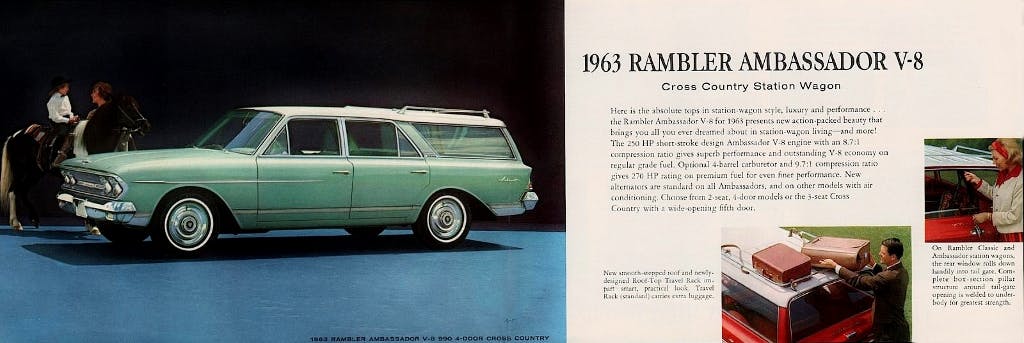
An eight-passenger station wagon was also offered in the mid-range 660 trim. A V8 Classic appeared a few months after the 1963’s introduction. All six-cylinder models and body styles were available with the V-8, and ran about $100 higher than comparable sixes.

Prior to the V8 Classic appearing, the only Rambler you could get with a V-8 engine was the top-of-the-line Ambassador. As in 1962, the Ambassador shared the very same body (1961 and earlier models had a stretched wheelbase completely ahead of the windshield—a treatment going back to the Nash days) but had more exterior chrome, plusher interiors, unique wheel covers, and the aforementioned V-8. An Ambassador 990 four-door ran about $300 above a Classic 770 sedan with the six, or $150 above a V8 Classic 770.

Of course, it being the early ’60s, the station wagon and suburbia were the reigning king and queen. Rambler was right there in the thick of things, as all three of their car lines offered station wagons. The American even offered them in two- and four-door versions, albeit for the last time this year.

The Classic 770 was an excellent suburban kid-hauler and grocery getter. It was practical, affordable, and looked modern; I imagine they were just part of the scenery in their day. Like today’s CR-Vs, Equinoxes, and Explorers, these Cross Countrys were once a common sight at elementary schools, grocery stores, and little league games. Quite unlikely to make enthusiasts stand up and take notice. No, those folks with sporting blood would have totally ignored Ramblers and their arch-rival Falcons, Valiants, and Chevy IIs. But in suburbia, these were gold.
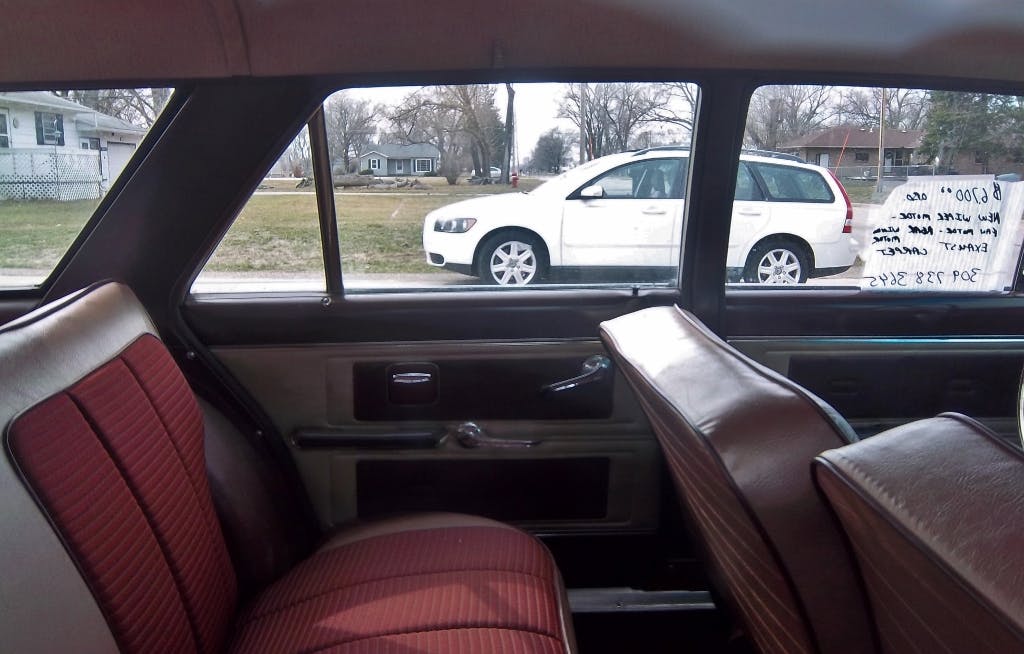
Today, these wagons look pretty stylish. But that’s just because styling in 2022 has taken a back seat to comfort, regulations, fuel efficiency, coefficient of drag, the preferences of focus groups, and rules, rules, rules. It’s funny how many say the car companies should do this thing, that thing, or the other thing instead of what they are doing right now. Car companies aren’t nostalgic. If crossovers are what the public wants, crossovers the public gets. I may have loved the recently terminated Lincoln Continental, Lincoln MKZ, Cadillac XTS, CT6, and others, but at the end of the day, car companies build what sells. My opinion is immaterial unless I’m shelling out for a brand-new car. In their day, these Rambler Cross Countrys were about as exciting as a Camry LE or Traverse LT.

An example: I dare you to go to your local Ford, Toyota, or Chevy dealer and attempt to order a new Malibu, Camry, or Jetta in metallic mauve with a maroon and mauve interior. Can’t be done, son. No colors in new cars! Colors are forbidden! But I digress.
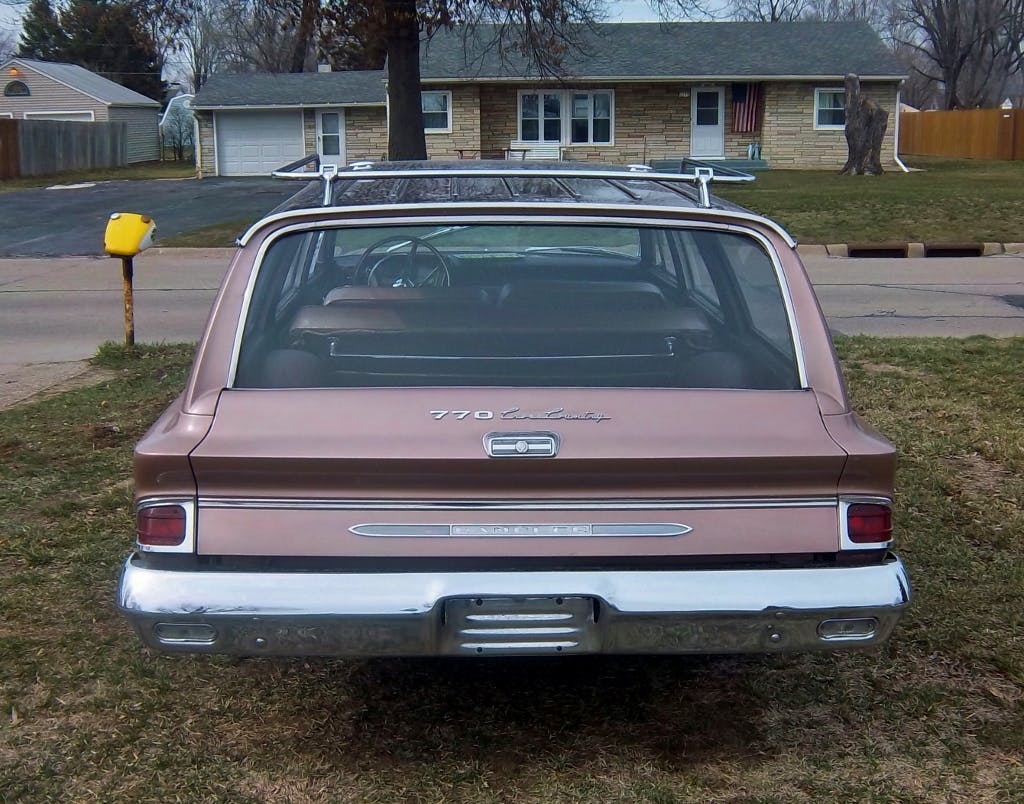
I can thank my dad for our featured car. I had gone for a long drive, just for the heck of it, back in April of 2013. Winter was over, and I wanted to get out of the darn house. Eventually, I arrived at my folks’ house. As I walked in the door, Dad said he saw a cool old Rambler on the way back from Jewel-Osco (it was Sunday, which was Steak Nite back then!). So it was back to the car to go seek it out.

There were folks at the house the Rambler was parked at when I pulled up, but they were just friends of the homeowner. They had no problem with my taking some pictures, fortunately.

I would have liked any ’63 Rambler, but the maroon-over-mauve paint and trim (Calais Coral and Concord Maroon, officially) were really attractive. I could picture Laura Petrie driving this through New Rochelle, though Rob probably would have had a little Triumph Spitfire or MGB.
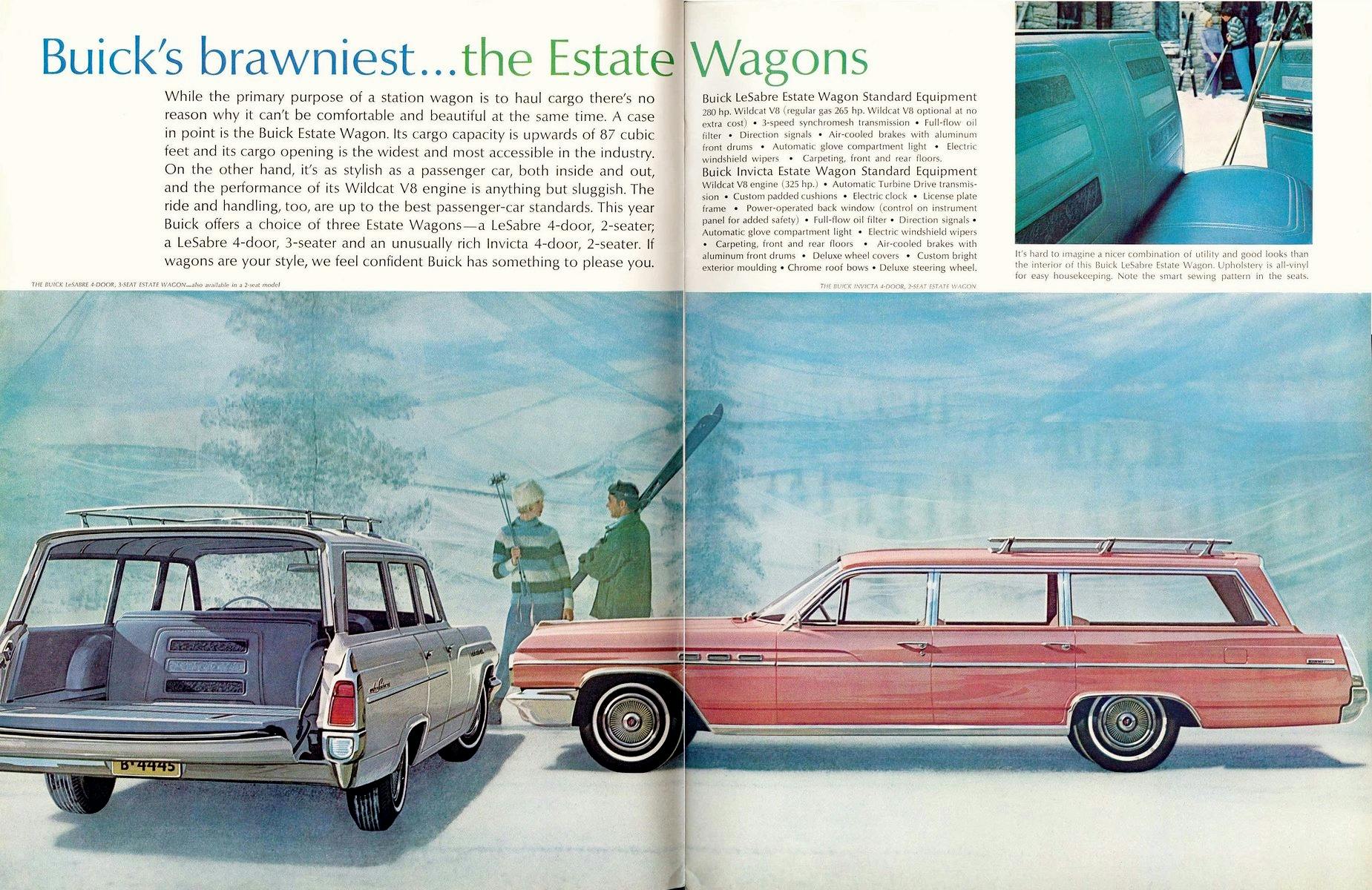
Or maybe Jerry and Millie Helper would have had the Rambler, while Laura would drive a Buick Estate Wagon? After all, Rob was a big-shot writer for Alan Brady. Yes, I am a big fan of The Dick Van Dyke Show!

While the 1964 model was essentially the same, I’ve always liked the ’63s better, with that oh-so-Jet Age concave grille. This was really the last Rambler designed when AMC could actually afford it. The 1967 models, heavily pushed by Roy Abernethy, were also a redesign, but AMC couldn’t really afford the re-do, especially when the ’67s completely tanked in the market. But the ’63s did okay, and received Motor Trend’s Golden Calipers to boot.

As Ramblers typically appealed to more frugal types, the Classic 550 and 660 sold better than the bechromed, top-of-the-line 770. Still, they didn’t do too bad, with 35,281 four-doors, 5496 two-doors and 19,319 six-cylinder 770s being built. Sales of V-8-equipped 770s totaled 7869 four-doors, 1341 two-doors, and 4399 wagons, but this particular wagon appeared to be equipped with a six, judging from the lack of front-fender V-8 badging.

According to the for-sale sign, it was an unrestored, original car with just 54,000 miles on the clock. I have a soft spot for all the independents, but the ’60s Ramblers are a close second after Studebakers, and they are so seldom seen in 2022—even at car shows! It was a pleasure to check out this Cross Country. I hope it found a good home.

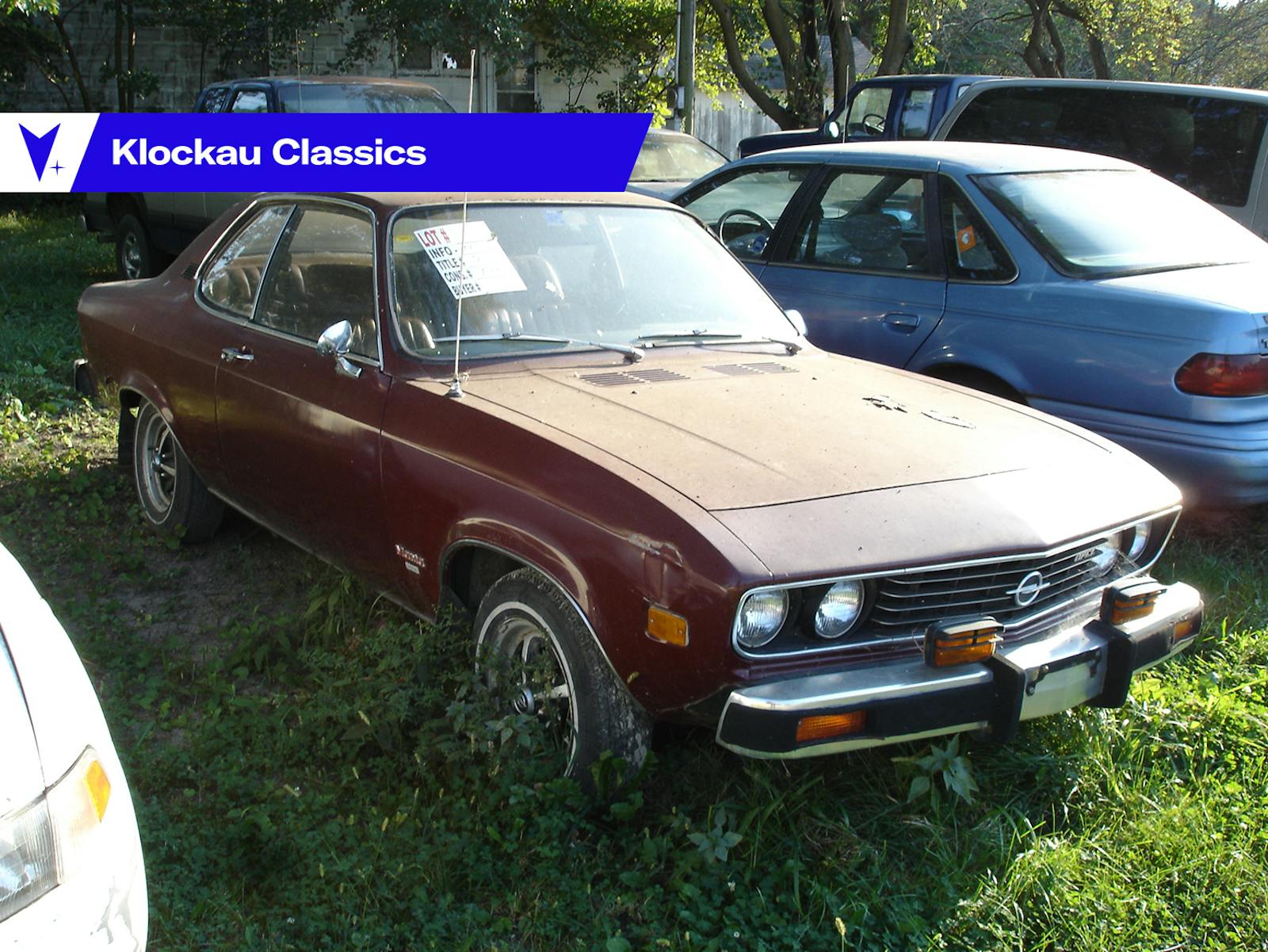
Would like to know if the wagon is still available.
Is Rambler still available?
The ’63 Rambler Classic station wagon was the staple of my childhood. (When they married, my father was driving a ’46 Buick and my mother a ’53 Oldsmobile — from the outset, we were a 2-car family, which was nearly unheard of in the early 1960s.) I have so many memories of camping trips across the country, transported by our faithful two-tone blue Rambler. Just a few years ago, as I left a local grocery store, classic vehicles were setting up for the weekly “cruise-in” in the parking lot. Suddenly, I caught sight of a familiar profile — surely not! But after exiting the lot at the traffic light, I circled back and parked. For the first time ever, as a 50-something, I got out to look at one of the vehicles on display. “Is this a Rambler Classic?” I asked the couple standing by a dark red station wagon. “Yes, it’s a ’66,” they replied. “My parents had a ’63,” I told them, adding, “I’ve been driving past the cruise-in for years, and this is the first time I ever saw something worth stopping for!” They thought that was great and laughed with delight!
I am very interested in the Rambler wagon and Ford wagon
Please let me know.
Thx
Chuck
Wow! My mom & dad had a ‘63 Rambler Classic wagon, and I remember it as “the car” of my childhood. Dad bought it at our local, small town dealership, trading in his ‘56 Mercury wagon. Pop hated that Merc with a burning passion, and swore he’d never buy another “loaded” car.
So our Rambler was a “stripper” 660, gold color, with a three on the tree. It turned out to be everything that damned Mercury wasn’t, sensible, economical, and above all, reliable. It carried us on the only long road-trip on my childhood. All the way from Northern NY to South Florida — pre-interstate. Never failed us once.
Dad later traded it in on a ‘68 Rebel wagon, OK — but never loved the way our ‘63 was.
The stylish and innovative 1963-1964 Rambler Classic was intended to be built through about 1969 with minor changes, but Roy Abernathy threw it away for 1965 foolishly insisting the cars should be bigger.